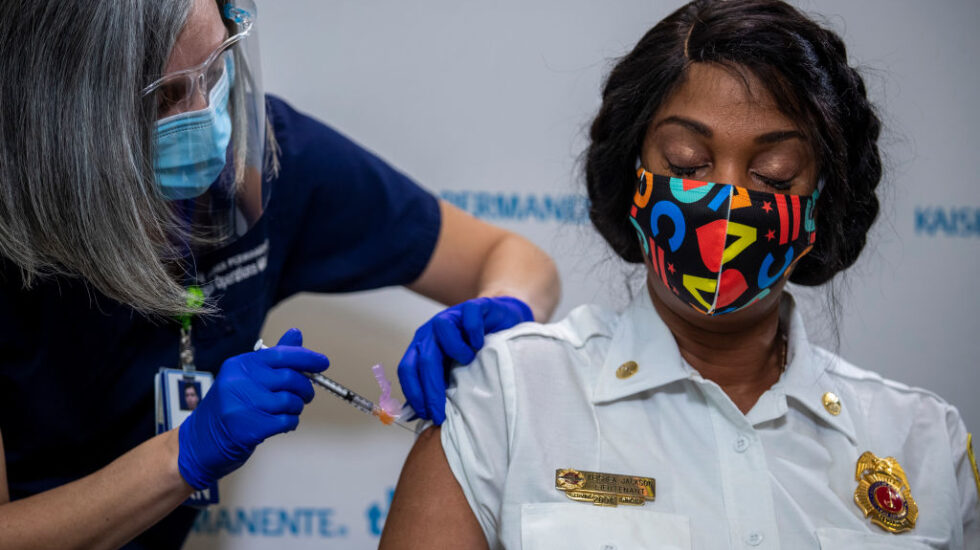The Trump administration’s failure to come up with a strategy for vaccinating hundreds of millions of Americans against Covid-19 has yielded a scattershot, inefficient system.
“[T]he lack of any federal strategy has left every state, county and tribal territory to their own devices, to identify strategies and submit plans for their respective distribution process,” reports MSNBC.
For most of us, that leaves it unclear just where, when and to whom we should go to for our shots.
The vaccine rollout has been much slower than the administration promised. First, in October, Health Secretary Alex Azar said there would be 100 million doses available by the end of December — that is, now. In November and early December, the promised number fell to 40 million, then 20 million, by early January.
It all leaves many Americans distrustful of administration claims, and one physician “incredibly frustrated” as the Department of Health and the states struggle to create a “vaccination infrastructure” from scratch, with no money from Congress. He laid it out in detail in this must-read thread on Twitter:
Another doctor, in rural northeastern Michigan, has personally delivered hundreds of doses of vaccine to health-care workers in some of the state’s most isolated hospitals, driving many miles on narrow 2-lane roads in his pickup truck, reports the Washington Post.
Dr. Richard Bates compares his deliveries to what he has done for most of his career: delivering babies.
“The only thing I can liken this to really is that feeling,” Bates told the Post. “Once the baby is in your hands, you don’t think about the pain of labor anymore … all the hopes and dreams are there.”
Those hopes and dreams begin with frontline health-care workers and other high-priority individuals.
An independent federal agency, the Advisory Committee on Immunization Practices (ACIP), “has made recommendations that identify the high priority groups,” MSNBC says.
ACIP has established two high-priority groups: 1A, which includes health care workers and residents of long-term care facilities, and 1B, for Americans 75 and older, and “front-line essential workers” like first responders, police, educators, Postal Service workers and others.
“But a review of the various states’ vaccination plans reveals that many states are not following the ACIP recommendations and that there is a degree of variability that could have significant impact and create more confusion than comprehension.”
MSNBC cites Arkansas as an example: its priority list drops long-term care facilities into the second (1B) phase of vaccinations, despite the Covid deaths of many long-term care residents and staff.
Then there are the lawmakers, particularly Republicans, who claimed not to believe the coronavirus was all that dangerous, but who are near the front of the line for vaccinations.
“Images of members of Congress who downplayed the impact of the virus now receiving the vaccine feel like a slap in the face,” writes Dr. Kavita Patel, an MSNBC opinion columnist. “Continuity of government seems meaningless when that same government delays a stimulus package and promotes protests against stay-at-home orders and mask mandates.”
Tens of millions of vaccine doses should be distributed around the country by the end of January. But without federal guidelines for their use, each state will have its own plan.
“Fast forward 30 days from now when simply crossing state lines can make the difference in whether you receive the vaccine or not,” Patel says.
“While we are still trying to navigate the uncharted waters of the pandemic, we have unfortunately become accustomed to expecting the worst and witnessing inequities often wielded by a callous president and his inner circle,” she says.
“But we do have new hope in the form of a vaccine. Let us not squander this hope by repeating our mistakes.”



